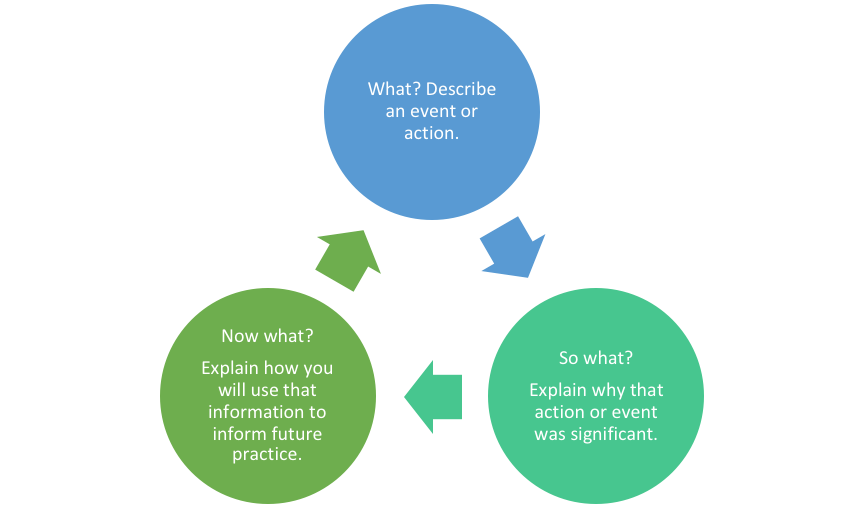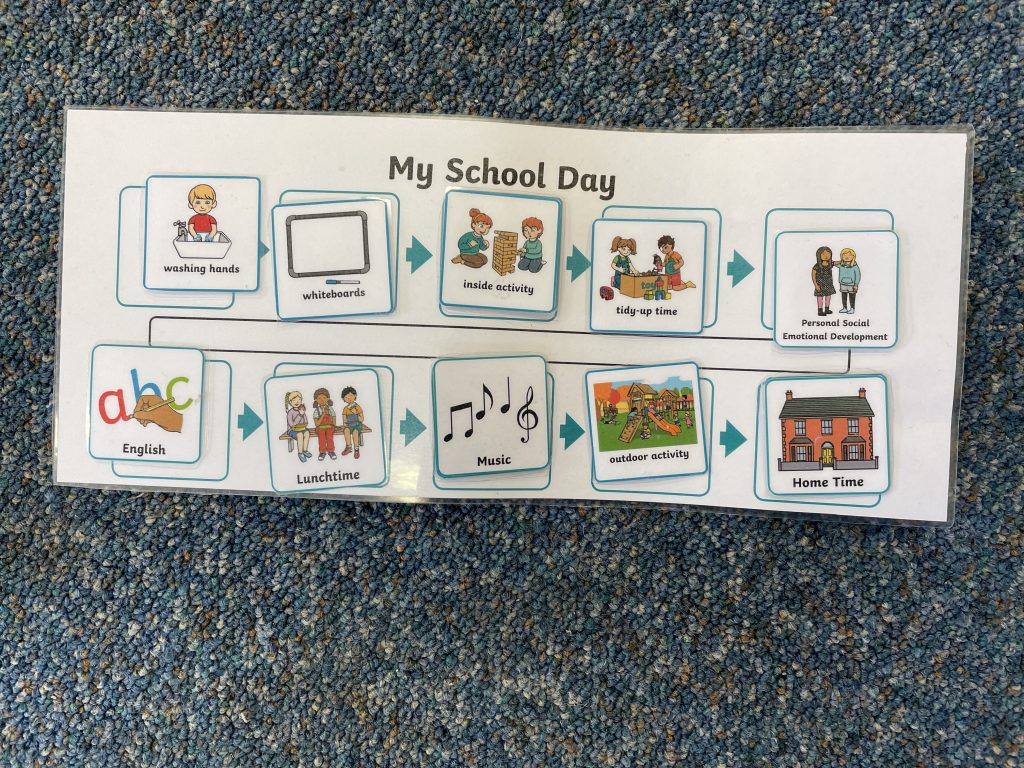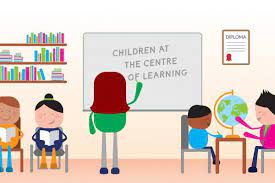We are all in this together!
This blog post considers my initial thoughts on beginning my placement, focusing specifically upon the experience and the knowledge I gained surrounding inclusive education. Belvoir Park Primary School provides an exemparly education for children from all social backgrounds and for those with a range of different physical and behavioural needs as outlined below.

I have found the beginning of my placement in Belvoir Park Primary School invaluable as I have gained knowledge and experience from observing how the teacher caters to a wide variety of needs. I will reflect upon my experiences using Borton’s reflective model. Jasper describes the practice of reflection as “thinking about the things that have happened to us and looking at them in a different way which enables us to take some action.” (Jasper, page 3). I think Borton’s three step model encapsulates the essence of reflective practice well. Borton’s model will provide a useful framework for me to outline the scenarios I observed, whilst articulating the knowledge I gained and how I would bring this into my own teaching practice moving forward.

What?
I was excited to be carrying out the first half of my placement in Primary 1. I was told it would be most useful for me to spend the first few weeks of my placement in a predominantly observational capacity. I found this to be an eye-opening experience.
There were only 16 children in this particular class, as the days went on it became clear that this was a very dynamic group of children who were from different social backgrounds, cultures and had a range of physical and behavioural needs.
This was evident the first day of my placement. When I entered the classroom I was informed that there was a classroom assistant present to assist a child that with autism. Throughout the day the needs of this child became apparent as he would often disrupt lessons and would be taken out to address his sensory needs in the calm down room recently built by the school. (See video below). Behaviour strategies such as task schedules and reward charts were implemented to encourage the pupil’s engagement with the lesson.

So what?
My first day of placement was significant for me as it opened my eyes to the importance of inclusion in education and the demands placed upon each teacher to meet the needs of every child. Initially it may seem that the pupil was receiving special treatment as he was given his individual reward chart and was given the opportunity to leave the classroom and visit the sensory room. However, from further research, I have seen that this is a necessary accommodation to ensure that the pupil is able to be educated to the same degree as their peers.
I found a similar scenario in Goepels, Childerhouse and Sharpe’s book on primary inclusion. The author’s describe an event in which an autistic child is waiting in line to receive his chocolate pudding, he becomes agitated as a child takes the last piece of pudding. This leads to distress and the pupil throws his tray and pushes his peer. The scholars draw on this scenario saying that although allowing the child to skip the queue may seem unfair, expecting the same behaviour from the boy with autism as the other children led to the pupil being denied the opportunity to sit with his peers and have eat his dinner. (20).
This is significant when considering my placement. It allows me to consider the way in which the child with ASD was accommodated. This pupil was given access to the sensory room so that he could regulate his emotions and engage more fully with his lessons and peers. His assistant was also vital as she assisted him to integrate into the classroom and allowed the teacher time to teach the rest of the class.
This leads me to contemplate the notion of fairness and equality in teaching. The following quote encapsulates my conclusion on inclusive education following my first placement.
“The reality is that treating students “equally” can only be fair if all students begin at the same starting point and can achieve success with the exact same opportunity, treatment, access, and resources.“
Ferlazzo, 2019

What now?
My first day of placement has inspired me to create a discourse of inclusion in my future classroom. I am now aware of the many accommodations that need to be made in a mainstream classroom, specifically regarding children with behavioural needs. In the future, I will approach every placement and future job with a mindset of fairness instead of equality. I will take onboard the words of Goepels, Childerhouse and Sharpe including the advice they offer new teachers as they say “as a beginner teacher you need to think carefully about how you will work with TA’s and how you will deploy them to enhance inclusive practices.” (97). The classroom assistant and her expertise in special educational needs was crucial for maintaining a classroom in which all children were receiving an equal education. I admit I did not view classroom assistants in this light before and am resolved to do so in the future.
This experience has made me aware of the importance of including every child in education, not just those with behavioural needs like autism. From liaising with teachers, I am aware of the many factors that can inhibit education and am determined to make every accommodation to include each child in my future career. The research itself has been an invaluable tool in learning about inclusion in the classroom, therefore I will keep up to date with the latest information regarding education and inclusion.

References
Ferlazzo, Larry. “Fair is not equal.” Education Week. 17 November, 2019. Web. accessed 7 November 2021.
Goepel, Janet, et al. Inclusive Primary Teaching : A critical approach to equality and special educational needs and disability.Critical Publishing, 2015. Ebook.
Jaspar, Melanie. Beginning Reflective Practice. Cengage Learning. 2013. Ebook.
You May Also Like

Roles Reversed
26 November 2021
Assumption – the Parent of Confusion
24 November 2021
